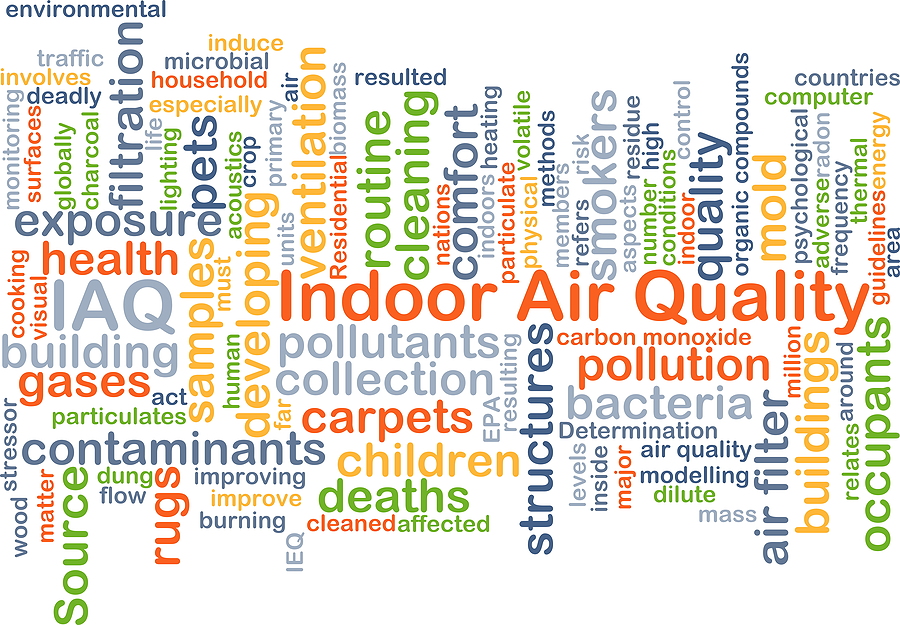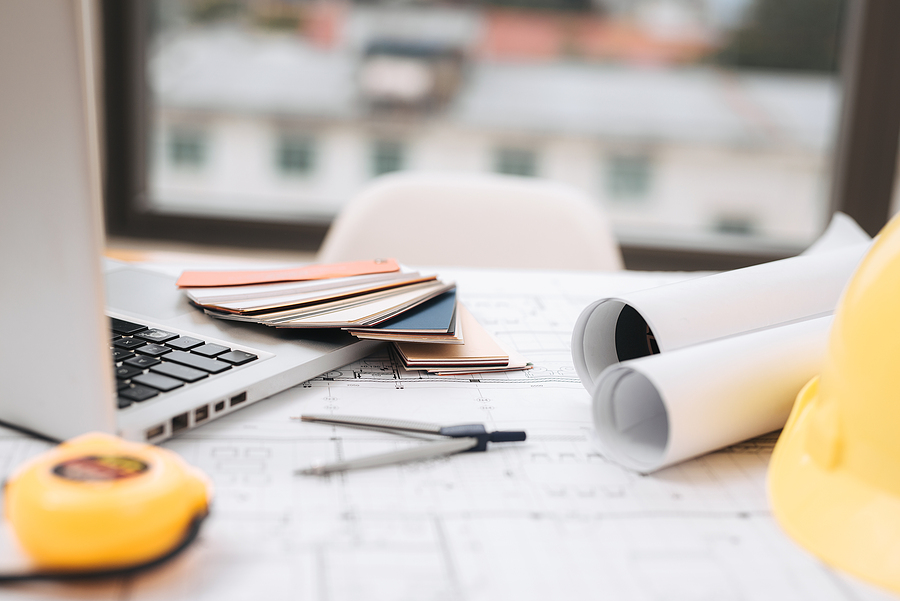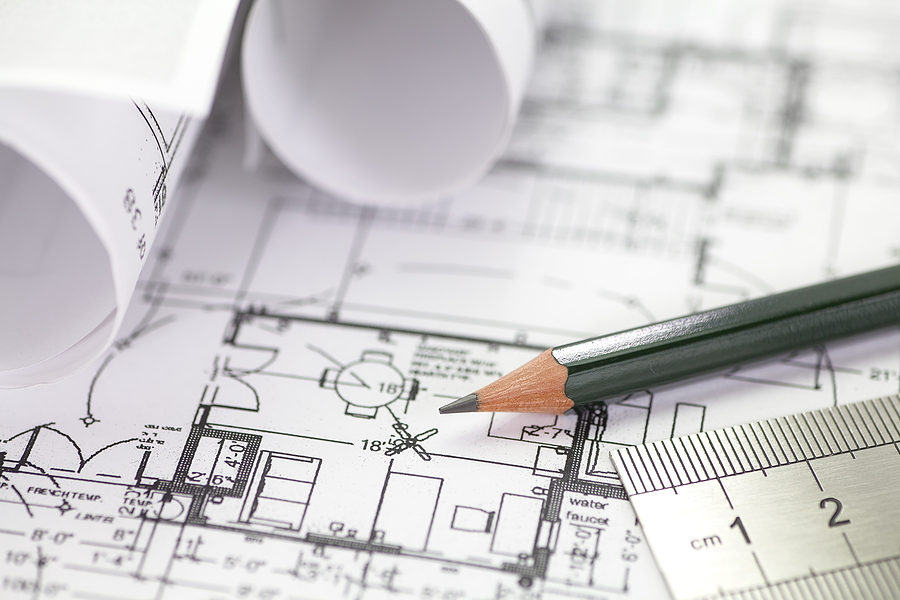Commercial construction is the engine that drives economic growth, creating the spaces where businesses thrive, from towering office buildings to bustling retail centers. But bringing these large-scale projects to life is rarely a straightforward process. The path from blueprint to ribbon-cutting is often filled with obstacles that can test even the most seasoned teams.
Understanding these potential hurdles is the first step toward navigating them successfully. These challenges, while common, can lead to significant financial and operational setbacks if not managed proactively.
This post will explore five of the most frequent challenges in commercial construction and provide practical strategies to overcome them, ensuring your project stays on track and within budget.

Common Commercial Construction Challenges
Budget Overruns
A project’s budget is its financial backbone, but it’s also one of the most fragile parts of the plan. Budget overruns are a persistent issue in commercial construction, capable of derailing projects and straining relationships between stakeholders.
What Causes Budget Overruns?
Several factors can cause a project’s costs to spiral. Inaccurate initial estimates often set unrealistic financial expectations from the start. Scope creep, where project requirements expand beyond the original agreement without a corresponding budget adjustment, is another common culprit. Additionally, unforeseen site conditions, such as unexpected soil issues or hidden underground structures, can lead to significant unplanned construction expenses.
How to Stay on Budget
Effective financial management starts with meticulous planning.
- Detailed Budgeting: Create a comprehensive budget that breaks down all anticipated costs, from materials and labor to permits and fees. The more detailed the initial estimate, the lower the risk of surprise expenses.
- Contingency Planning: Always include a contingency fund in your budget, typically 5-10% of the total project cost. This buffer provides a financial cushion to absorb unexpected issues without compromising the project’s core objectives.
- Change Management: Implement a formal change order process. Any proposed changes to the project scope must be documented, evaluated for their impact on the budget and timeline, and approved by all relevant stakeholders before implementation.
Timeline Delays
Time is a critical resource in construction, and delays can have a cascading effect, leading to increased costs and frustrated clients. Finishing a project on schedule is a key measure of success.
Why Do Projects Fall Behind Schedule?
Delays can stem from a variety of sources. Unpredictable weather is a classic example, with extreme heat, heavy rain, or snow capable of halting work for days or weeks. Supply chain disruptions, such as delayed material deliveries, can also bring progress to a standstill. Furthermore, labor shortages in specific trades can create bottlenecks that slow down the entire project.
How to Keep Your Project on Track
Proactive scheduling and communication are essential for mitigating delays.
- Use Project Scheduling Software: Tools like Procore or Autodesk Construction Cloud allow for detailed project scheduling, real-time progress tracking, and identification of potential bottlenecks before they become major problems.
- Effective Supply Chain Management: Order materials well in advance and maintain strong relationships with reliable suppliers. Having alternative suppliers lined up can also provide a safety net if your primary source experiences a disruption.
- Proactive Communication: Maintain open lines of communication with all project partners, including subcontractors and suppliers. Regular updates ensure everyone is aware of the project timeline and can address potential delays collaboratively.
Schedule an Indiana Construction Management Consultation 💼
Regulatory Compliance
The commercial construction industry is governed by a complex web of building codes, zoning laws, and safety regulations. Navigating this regulatory landscape is a significant challenge, and non-compliance can result in costly fines, work stoppages, and legal trouble.
Why Is Compliance So Complex?
Building codes and regulations are constantly evolving, making it difficult to stay current. Different jurisdictions may also have unique requirements, adding another layer of complexity for projects spanning multiple municipalities. The permitting process itself can be lengthy and intricate, requiring detailed documentation and multiple rounds of review.
How to Ensure Compliance
Staying on the right side of regulations requires diligence and expertise.
- Hire Experienced Consultants: Engage architects, engineers, and legal experts who have extensive experience with local building codes and regulations. Their knowledge can help you avoid common pitfalls and streamline the permitting process.
- Stay Informed: Make it a priority to stay updated on changes to federal, state, and local regulations. Subscribing to industry publications and attending seminars can be valuable resources.
- Conduct Regular Inspections: Implement a schedule of regular site inspections to ensure all work is being performed in accordance with approved plans and regulatory standards.
Communication Breakdown
A commercial construction project involves a diverse team of stakeholders, including owners, architects, engineers, contractors, and subcontractors. When communication falters, misunderstandings, mistakes, and conflicts are almost inevitable.
What Causes Poor Communication?
A lack of a clear communication plan is often the root cause. Without defined channels and protocols, information can get lost or misinterpreted. Siloed teams that do not share information effectively can also lead to misalignments and inefficiencies. Infrequent or unproductive meetings further contribute to a breakdown in communication.
How to Foster Effective Communication
Clear and consistent communication is the glue that holds a project together.
- Hold Regular Meetings: Schedule regular project meetings (daily, weekly, or bi-weekly) with all key stakeholders to review progress, discuss challenges, and coordinate upcoming tasks.
- Use Project Management Software: Centralized platforms allow for seamless communication and document sharing. Everyone on the team can access the latest project information, reducing the risk of working with outdated plans.
- Encourage Stakeholder Engagement: Create an environment where all stakeholders feel comfortable voicing concerns and providing input. A collaborative approach fosters trust and leads to better project outcomes.
Labor and Skill Shortages
The construction industry is currently facing a significant shortage of skilled labor. This scarcity can make it difficult to find qualified workers, leading to higher labor costs, project delays, and potential compromises on quality.
What Is the Impact of Labor Shortages?
A limited pool of skilled workers drives up competition for talent, increasing wages and overall project costs. Projects may also face delays while waiting for qualified workers to become available. In some cases, a lack of skilled labor can even lead to subpar workmanship, compromising the quality and safety of the final structure.
How to Attract and Retain Skilled Workers
In a competitive labor market, creating an attractive work environment is key.
- Offer Competitive Compensation: Provide competitive wages, benefits, and performance-based bonuses to attract and retain top talent.
- Invest in Training Programs: Offer apprenticeship and training programs to develop the skills of your existing workforce and create a pipeline of future talent.
- Prioritize a Safe Work Environment: A strong safety culture is a powerful retention tool. Investing in safety training and equipment shows workers that you value their well-being.
Build a Foundation for Success
Commercial construction projects are inherently complex, but their challenges are not insurmountable. Budget overruns, timeline delays, regulatory hurdles, communication gaps, and labor shortages can all be managed and overcome with careful planning, proactive management, and a commitment to collaboration. By anticipating these common obstacles and implementing the right strategies, you can build a strong foundation for a successful project.
If you are planning a commercial construction project in Central Indiana, our team has the experience and expertise to help you navigate these challenges. Contact Us Today to discuss how we can bring your vision to life, on time and on budget.
Related Post: How You Can Help Prevent Costly Construction Delays









